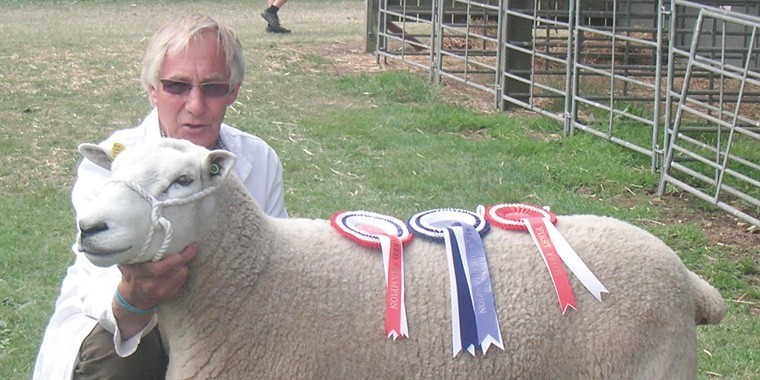Conferences can be overdone, but they are a useful vehicle for catching up with people and a bit of technical updating. In addition I find that they provide the impetus for a bit of reflection on my current practices, what I am doing and where I am going with the sheep.
This is always a useful exercise, but one that does need a bit of prompting: it is rather too easy to convince yourself that everything is ticking over nicely and simply remain within one’s comfort zone. So I attended the sheep breeders’ round table in Nottinghamshire, an excellent three day event held every two years with this year’s theme focused on “Thinking positively.” This was followed a few days later by the National Sheep Association’s, South East region “Sheep health, wealth and production” conference at the Guildford school of veterinary medicine, and I was full of enthusiasm and ready for action.
It is, however, one thing feeling ready for action and actually embarking on some form of affirmative action: as the saying goes “the road to hell is paved with good intentions.” But on this occasion I was determined to take a diversion from the road to hell (temporarily at least). I took a bit of time out to reflect on what I have been doing, something that does require a bit of mental effort – simply being able to separate oneself from the day to day and take a detached view of things.
A little bit of critical thinking did highlight several areas that would benefit from some additional attention, notably genetic progress within the flock, having access to meaningful and reliable flock data and an increased incidence of lameness in the flock. Ascertaining a few problems is however only half of the task and without some form of meaningful action becomes a rather purposeless exercise.
So where to go from here? A worthy sheep must first of all be a sound sheep – i.e. good teeth, feet, udders/testicles, etc. After this such things as performance, breed points, wool, conformation etc are considered in varying order with variable degrees of focus depending on the desired outcome. In order to improve the genetics of my flock I need good quality objective (measurable) data. It is rather too easy, particularly when you show a few sheep, to place too much emphasis on subjective criteria (i.e. what the sheep looks like).
To this end I reckon I can address (at least in part) two of the areas in need of attention with one action, notably signing up with the Signet recording scheme. I have in the past viewed the value of the Signet recording scheme (a programme developed for terminal sire breeds) with some scepticism when applied to a ewe breed. And I must admit that I have voiced my concerns on a number of occasions. However now that Signet have developed a “Lleyn index” (as opposed to a lean index) recording scheme with a very much stronger focus on maternal traits, I feel that I should at least give it a fair trial. At least it will provide meaningful and objective data for genetic improvement.
Just what happens when the best sheep, on figures, looks like a cross between a runner bean and a doormat is an issue that will need to be addressed if and when it arises. A suitable sheep management programme for a small flock, at a sensible price, would I feel, solve the remainder of these first two problems. So if anyone is aware of such a programme or is using one let me know.
As far as sheep lameness is concerned, I have set myself a target of eliminating foot problems in the flock. Some would say that wherever you have sheep you will have lame sheep, but that is not a situation that I want to accept. I know that it will be a difficult journey and that at times some difficult decisions will need to be made. But the accepted wisdom is that 10% of the flock will generate 90% of the lameness problems, so by identifying and removing that 10% of trouble makers (a good recording system comes in useful) I should (in theory) be able to reduce my problems by 90% reasonably quickly: beyond that it becomes rather more difficult.
To this end however I have booked an appointment with my vet to sort out a flock health plan, with a programme for reducing/eliminating lameness as one of the key features. The other key feature (which may well make the former more difficult in the short term) will be reducing antibiotic use with a target of five milligrams per kilogram of sheep on the farm, significantly below the sheep sector average of 11.4mg.
It’s good to start the new years with some meaningful resolutions: best wishes to everyone for a happy and successful new year.




